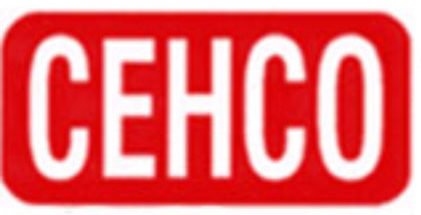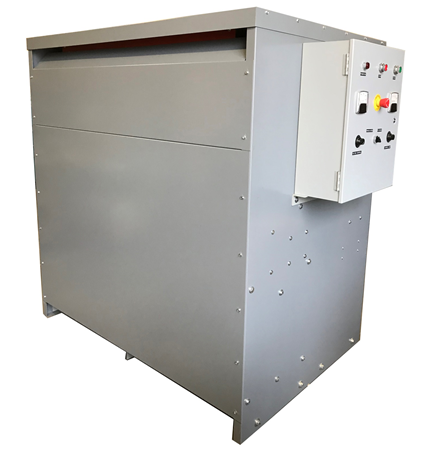A 12-pulse SCR (Silicon Controlled Rectifier) controlled high-voltage power supply is a specialized electrical system used to generate a high-voltage direct current (DC) output with reduced harmonic distortion. This type of power supply is typically employed in applications where a stable and low-distortion high-voltage DC source is required, such as in industrial processes, electrostatic precipitators, variable speed drives, and other high-power systems. Here are the key features and components of a 12-pulse SCR controlled high-voltage power supply:
-
12-Pulse Rectification:
- The “12-pulse” designation refers to the use of two separate six-pulse rectifier bridges arranged in parallel. These rectifier bridges are phase-shifted by 30 degrees to each other and connected to the input AC source.
- The phase-shifting reduces harmonic content in the input current, resulting in a cleaner and more sinusoidal input current waveform.
-
Silicon Controlled Rectifiers (SCRs):
- SCRs are semiconductor devices that act as controllable switches. They are used in the rectifier bridges to control the flow of current from the AC source to the DC output.
- SCRs allow for precise control of the DC voltage and current, making them suitable for high-voltage power supply applications.
-
Transformers:
- Transformers are used in the power supply to step down the high-voltage AC input to a lower voltage level suitable for the SCR-controlled rectifiers.
- The transformers also provide galvanic isolation between the AC mains and the rectifier bridges.
-
Phase-Shifting Transformers:
- The phase-shifting transformers are designed to create the 30-degree phase shift between the two rectifier bridges. This phase shift is crucial for reducing harmonic distortion in the input current.
-
Filtering and Smoothing:
- After rectification, the DC output voltage is filtered and smoothed using capacitors and inductors to reduce ripple and provide a stable high-voltage DC output.
-
Control and Monitoring:
- A control system is used to adjust and monitor the output voltage and current as required by the application.
- Feedback mechanisms and control algorithms are employed to regulate the power supply’s output parameters.
-
Protection Features:
- SCR-controlled high-voltage power supplies typically include protection features such as overcurrent protection, overvoltage protection, and thermal protection to prevent damage to the power supply and connected equipment.
-
Cooling System:
- High-power SCR-controlled power supplies generate heat, so a cooling system, often using forced air or liquid cooling, is implemented to maintain proper operating temperatures.
-
Applications:
- These power supplies are used in various applications, including:
- Motor drives and variable speed controllers.
- Electrostatic precipitators in industrial air pollution control.
- High-voltage testing and calibration equipment.
- High-power industrial processes requiring precise and low-distortion DC voltage.
- These power supplies are used in various applications, including:
The use of a 12-pulse SCR-controlled power supply helps reduce harmonic distortion, making it suitable for applications that require a clean and stable high-voltage DC source. Additionally, the ability to control the output voltage and current makes it adaptable to a wide range of industrial and scientific applications.

